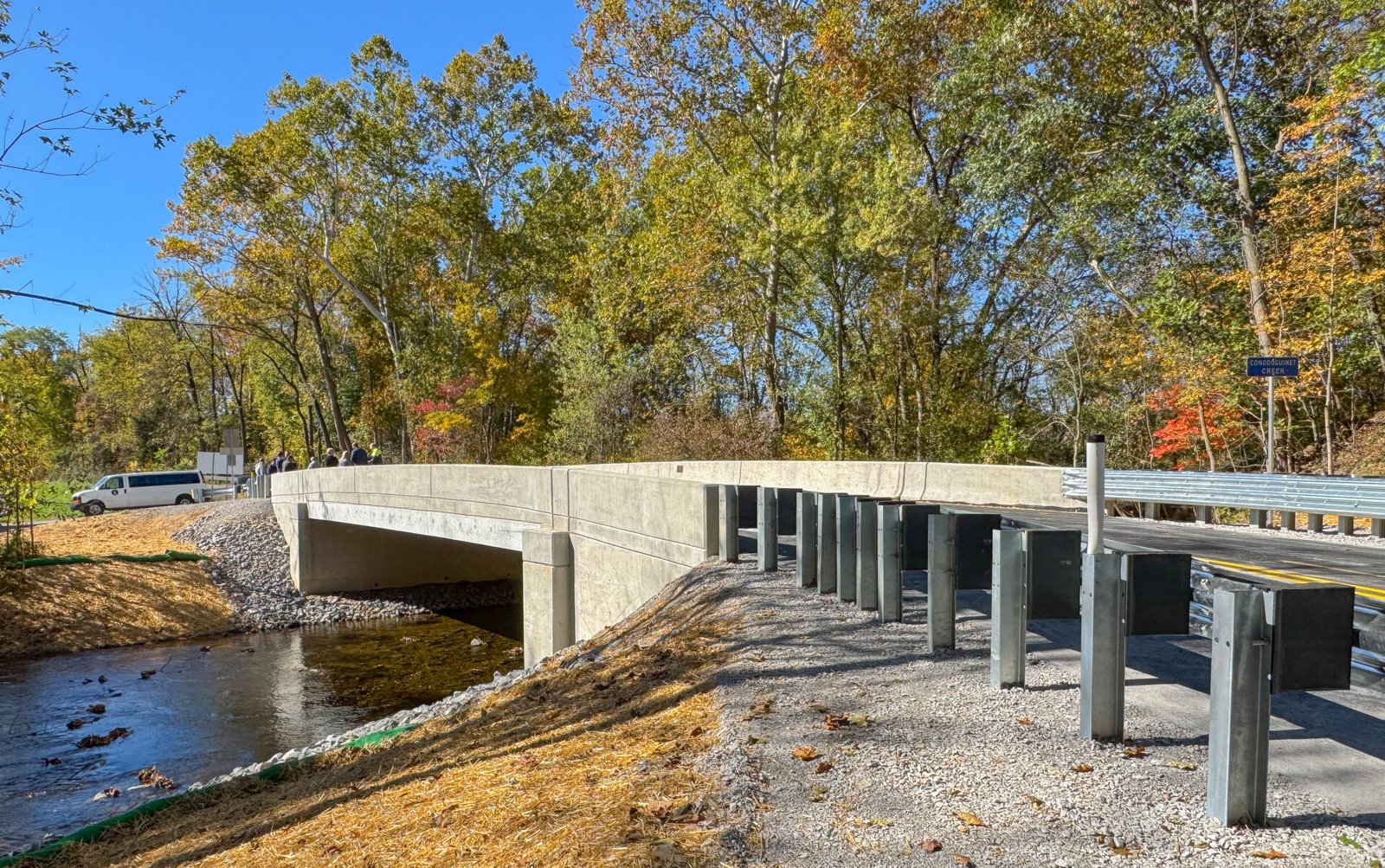ANNAPOLIS – Maryland is grappling with a projected $2.7 billion budget shortfall, marking the state’s most severe financial challenge in two decades. Analysts warn that without intervention, the deficit could balloon to nearly $6 billion by fiscal year 2030, raising concerns over potential tax hikes and public service cuts.
The deficit stems largely from escalating costs tied to the Blueprint for Maryland’s Future, an ambitious education reform initiative aimed at improving public education, state officials said. Starting in fiscal year 2028, the program faces an estimated $2 billion funding gap, which is expected to rise to $3.2 billion by 2030. Additional pressures include increased Medicaid expenses and a surge in demand for childcare subsidies, they added.
Lawmakers are exploring options to bridge the shortfall. Senate President Bill Ferguson (D-Baltimore) has stated that “everything is on the table,” suggesting tax increases could be considered, though they would need to preserve Maryland’s economic competitiveness. Gov. Wes Moore (D-Baltimore) has indicated his administration will prioritize spending reviews while setting a “high bar” for increasing taxes on Maryland families.
Recommendations to mitigate the crisis include using the state’s $2.5 billion Rainy Day Fund and shifting $250 million in capital projects to bonds. However, these measures are seen as stopgaps rather than long-term solutions, budget analysts have said.
The fiscal challenges have sparked a debate among lawmakers, with Republicans advocating for spending cuts over tax increases. As the General Assembly prepares for its upcoming session, the choices ahead will significantly impact Maryland’s economic stability and its residents’ financial futures, analysts noted.











